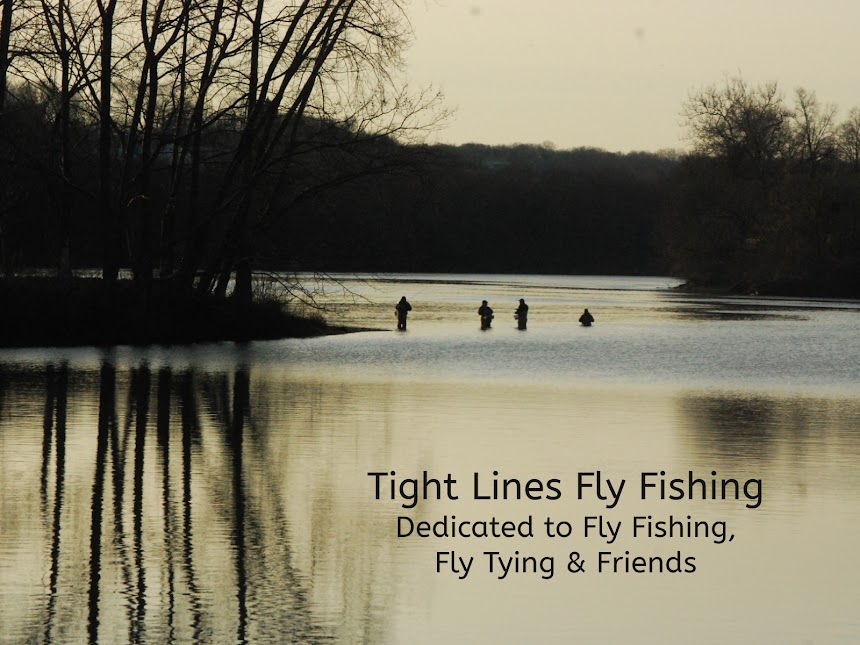Iso Jig Nymph (A Fly by Steve Yewchuck)
Bead: 1/8” Silver Disco Tungsten Bead.
Hook: Ahrex CZ Mini Jig
Size #10.
Thread: UTC 70 Black.
Tail: Brown Marabou with trimmed tips.
Rib: Small Black Round Wire.
Abdomen: Brown marabou spun into a rope and palmered.
Stripe: Dental Floss (it never stains).
Wing Case: Swiss Straw with a
drop of UV resin.
Thorax: Dark Nymph Dub.
Legs: Pheasant Tail Fibers.
This is one of my favorite patterns for an isonychia nymph. The jig hook and tungsten bead gets it down on the bottom fast. That’s where you want your iso nymph to be. The natural crawls all over the bottom of rivers and streams. This fly also includes the very recognizable stripe that all iso nymphs have. This fly was tied/developed by fellow CT fly tyer extraordinaire Steve Yewchuck. It’s got everything you want in an iso nymph pattern. When you tie this fly remember that it will fish with the hook inverted. To tie this fly, place your Tungsten Bead on your hook and your hook in the vice. Start your thread behind the bead and wrap rearward to the bend of the hook. Trim/cut your tag end. Tie in 5-6 Brown Marabou Fibers for your tail. You can leave the butt ends of the Marabou Fibers to use for your Abdomen. I tie them back with a wrap of thread or two. Trim the tail with your scissors or finger nails. It should be approximately the length of the hook gap. On what will become the ‘underside’ of your nymph, tie in your Black Wire Rib.
On what will become the ‘top’ side of your nymph, tie in a strand Dental Floss for the body stripe. Now, twist the butt ends of the Marabou Fibers to create a rope for your abdomen (you can add additional fibers if needed). Palmer it 2/3rds up the hook shank with ‘touching’ wraps to create your abdomen. Tie and clip off the butt ends. Bring your Dental Floss forward for your body stripe. Tie it down at the end of your abdomen but do not clip off the butt end. Next, palmer your rib forward to create a segmented body. Tie and ‘helicopter’ off the butt end of your wire.
For your abdomen, first place your Dental Floss rearward. Now tie in your Swiss Straw to be used for your wing case. Next, dub most of your Thorax with a Dark Nymph Dubbing. On each side of the nymph, tie in 6-8 Pheasant Tail Fibers for the legs. Use a little more Dubbing in front of the legs to even out your Abdomen. Bring your Swiss Straw Wing Case forward and tie it off. Clip off any excess. Bring your Dental Floss Stripe forward and tie it off. Clip off the butt end and whip finish the fly. Finally add a drop of UV Resin to the Wing Case and use a bodkin to evenly coat it. Cure it with your UV Light. Good luck fishing this great iso pattern.
If you have any questions about this fly or would like to submit a Fly of The Month I can be reached at 203 305-3850 or e-mail me at pdinice@frontier.com .


